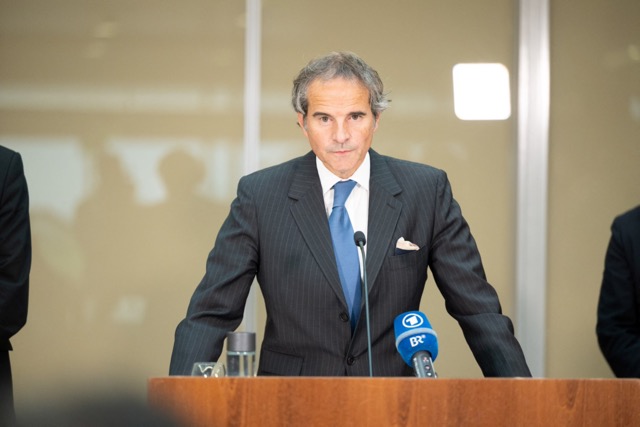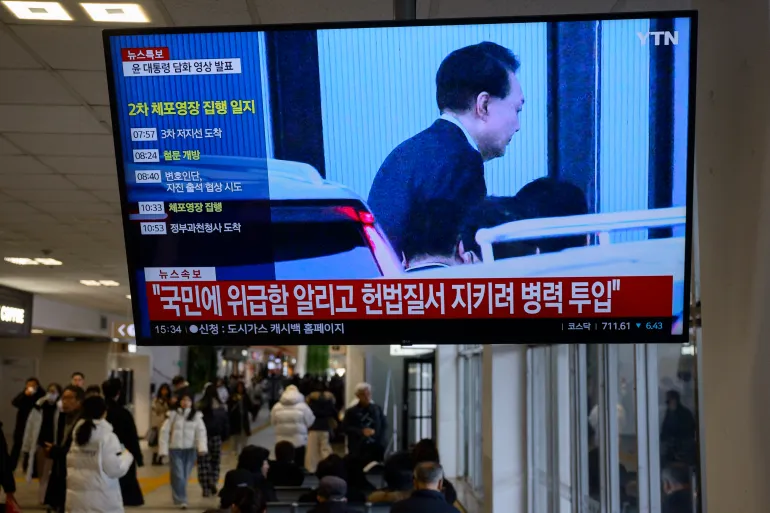UN Nuclear Agency Chief to Visit Russia’s Kursk Nuclear Power Plant Amid Safety Concerns

International Atomic Energy Agency (IAEA) Chief Rafael Grossi will visit Russia’s Kursk nuclear power plant on Tuesday following accusations from Moscow that Ukrainian forces have repeatedly attacked the facility, located just 25 miles)from the front lines in the ongoing conflict, Reuters reports.
The Kursk plant has gained attention after recent escalations in the region, including an incursion by Ukrainian troops into Russian territory on August 6.
The safety of nuclear power plants has been a critical concern since the onset of the Ukraine war in February 2022. Both Moscow and Kyiv have continuously exchanged blame for various attacks on the Zaporizhzhia nuclear power plant, also under Russian control. However, the recent Ukrainian military actions have shifted the focus to the Kursk plant, a key Soviet-era nuclear facility.
Russian President Vladimir Putin accused Ukraine on Thursday of attempts to target the Kursk plant, which houses four graphite-moderated RBMK-1000 reactors — the same type that was involved in the Chernobyl disaster in 1986, the worst civilian nuclear accident in history. Ukraine has not yet publicly responded to the allegations regarding its operations at the facility.
In the wake of the escalating tensions, Grossi announced that he will lead an IAEA mission to the Kursk plant to assess its security.
“The safety and security of nuclear facilities must, under no circumstances, be endangered,” Grossi said.
He noted that the IAEA’s concerns about nuclear safety remain a top priority.
The Kursk nuclear power station is adjacent to the town of Kurchatov, named after renowned Russian physicist Igor Kurchatov. Of the plant’s four reactors, two are currently shut down, while Reactors No. 3 and No. 4 remain operational. Reactor No. 4 was disconnected from the grid on August 25 for some 59 days of cooling repairs. Additionally, construction of Kursk-2, a new facility with VVER-510 type reactors, began in 2018 but is not yet operational.
On August 22, the IAEA reported that Russia informed them a drone’s remnants were found about 330 feet from the plant’s spent fuel storage facility. According to Russian monitoring stations, radiation levels in the area remain normal.








